The project has several parameters where it is possible to customize the limits and needs of each case, considering the diversity of plants as well as sensors of different brands. As we know, there are plants that need more sun or water while others can live with fewer resources, such as cacti for example, in cases like this, having parameters is a must have. Throughout this article, I will present the operation and an overview about how to build a Pixie using a little knowledge of electronics, components easily found in the market and a 3d printed case.
Although it's a fully functional project, there are possibilities of customization and improvements that will be presented at the end of the article. I will be glad to answer any question about the project here in the comments or directly to my email or Twitter account.
 Jonathas Barbosa
Jonathas Barbosa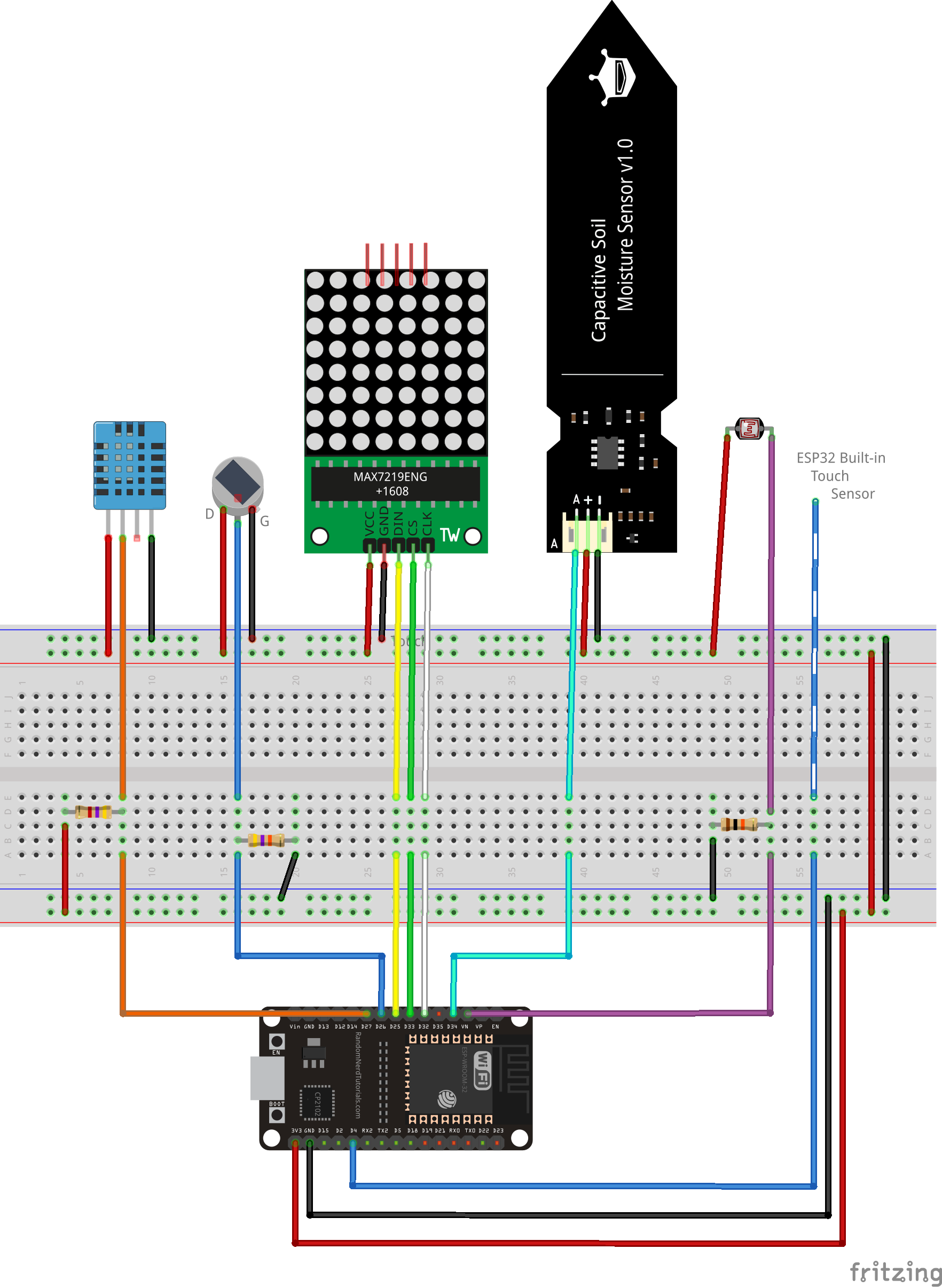
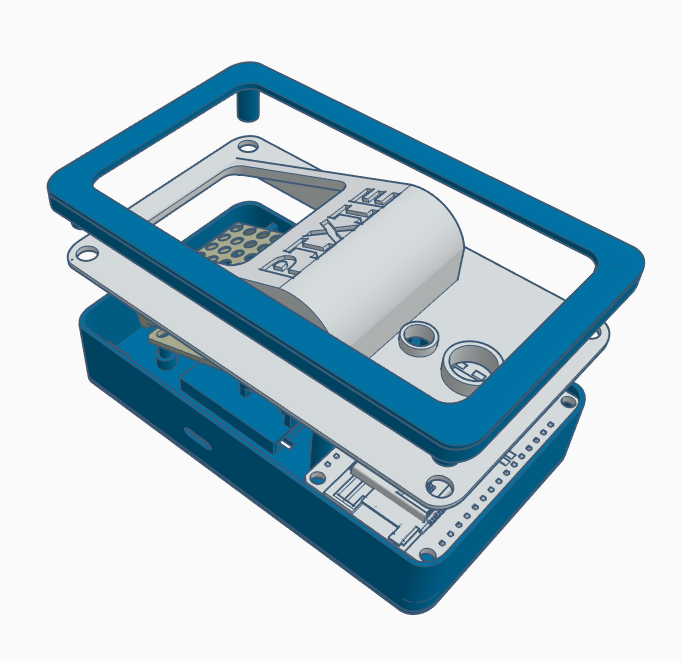
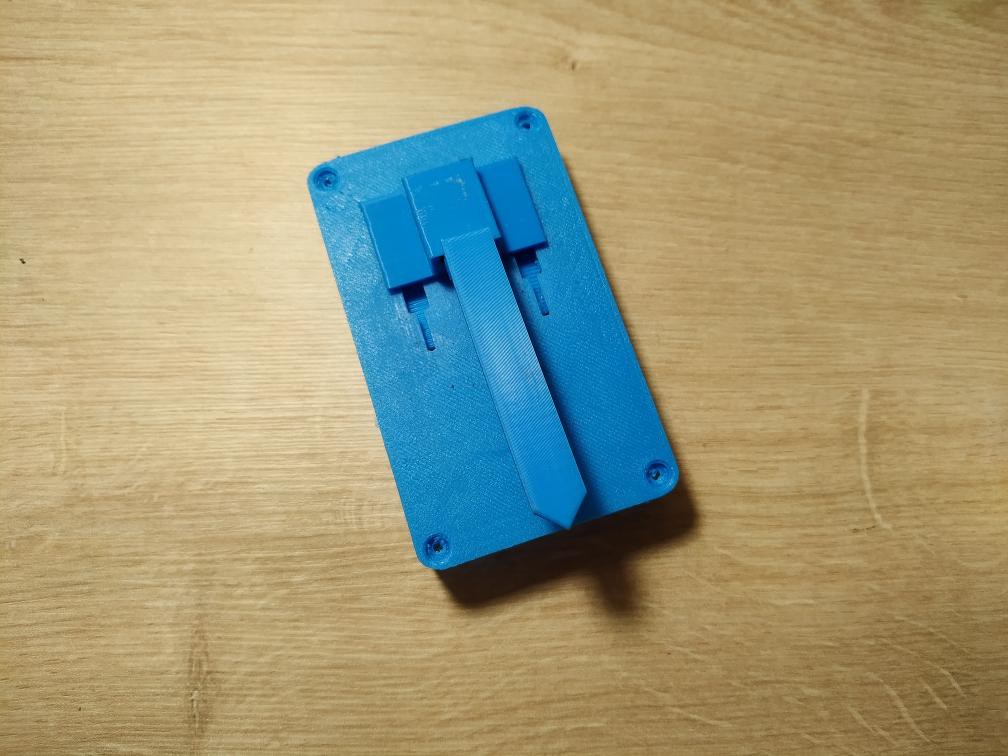
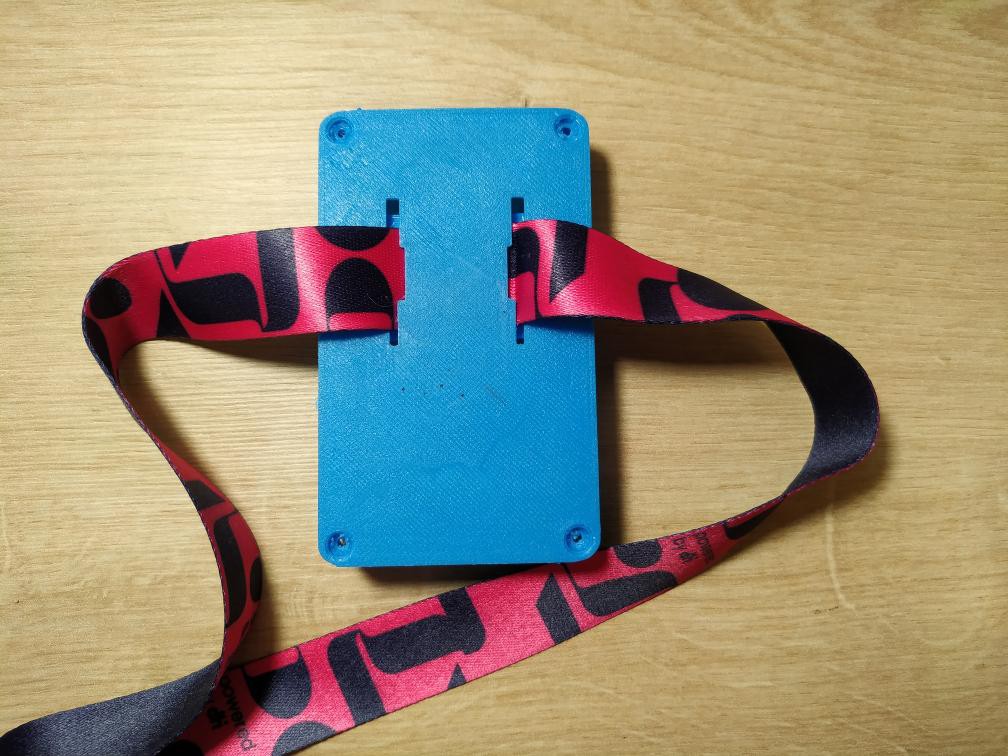
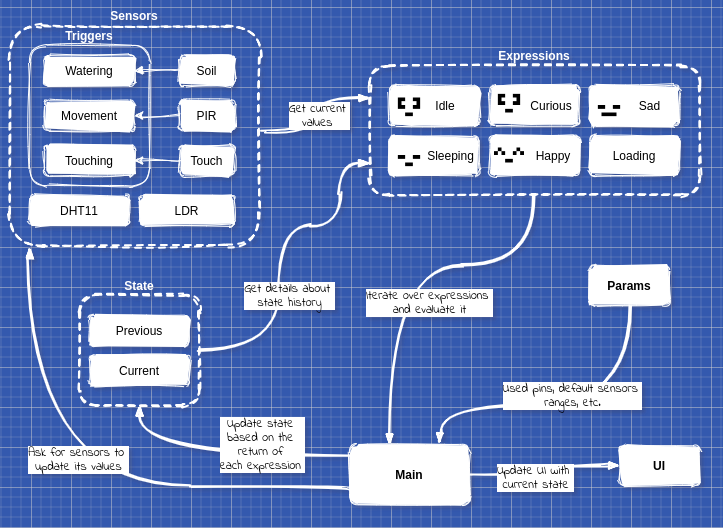
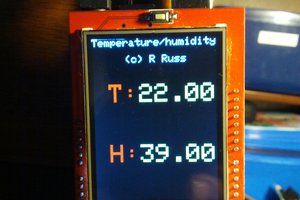
 Ted Russ
Ted Russ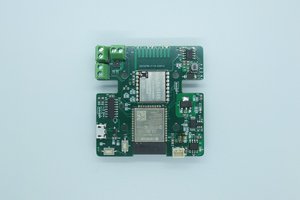
 YJ
YJ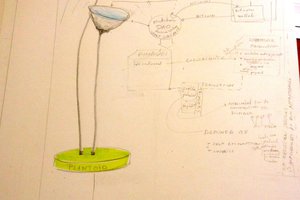
 xavier
xavier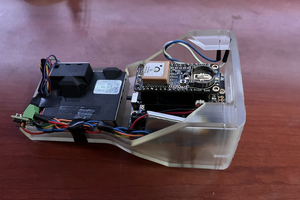
 Kelsey
Kelsey